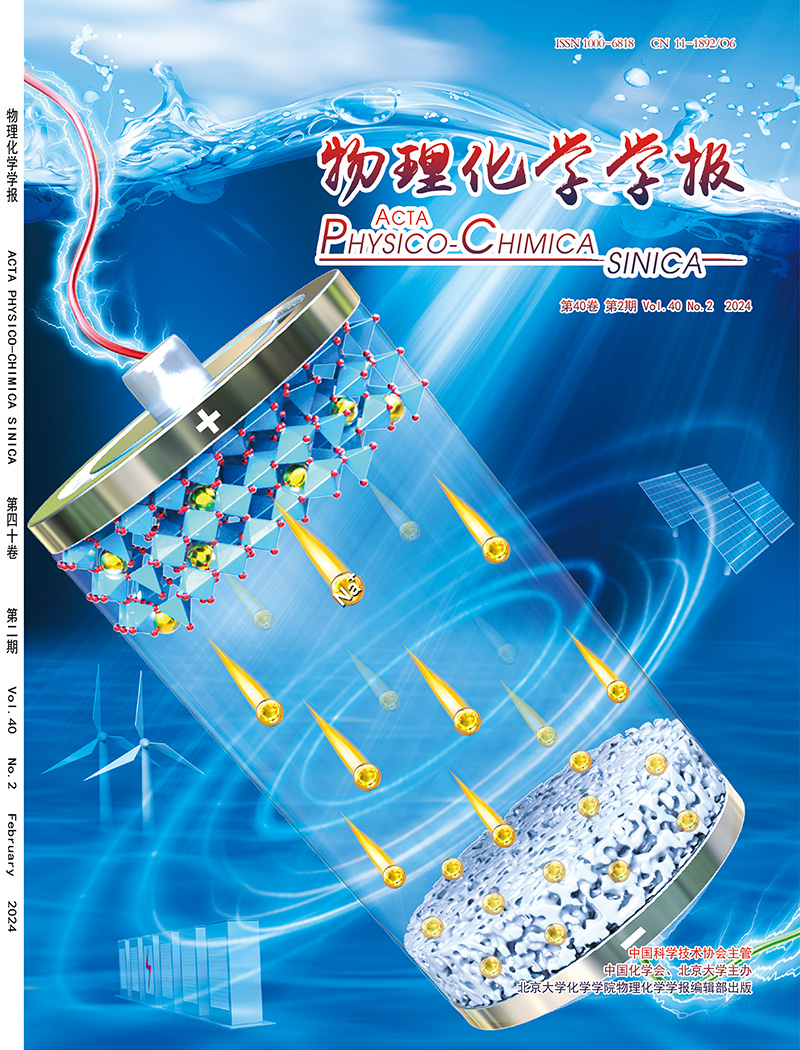Exploring Zn doped NiBP microspheres as efficient and stable electrocatalyst for industrial-scale water splitting
IF 13.5
2区 化学
Q1 CHEMISTRY, PHYSICAL
引用次数: 0
Abstract
Green hydrogen holds great promise for the future energy ecosystem and designing alternative electrocatalysts is essential for industrial-scale green hydrogen production for high-current water splitting under industrial conditions. Herein, the Zn-doped NiBP microsphere electrocatalyst is fabricated via a multi-step process combining hydrothermal and electrochemical approaches, followed by post-annealing. The optimized Zn/NiBP electrode outperforms the majority of previously reported catalysts, with low overpotentials of 95 mV for HER (hydrogen evolution reaction) and 280 mV for OER (oxygen evolution reaction) at 100 mA cm−2 in 1 mol L−1 KOH. The bifunctional Zn/NiBP || Zn/NiBP demonstrates a 3.10 V cell voltage at 2000 mA cm−2 in 1 mol L−1 KOH, surpassing the benchmark Pt/C || RuO2 systems. The Pt/C || Zn/NiBP hybrid system exhibits exceptionally low cell voltages of 2.50 and 2.30 V at 2000 mA cm−2 in 1 and 6 mol L−1 KOH respectively, demonstrating excellent overall water-splitting performance under challenging industrial conditions. Furthermore, the 2-E system shows remarkable stability over 120 h at 1000 mA cm−2 in 1 and 6 mol L−1 KOH, indicating the robust anti-corrosion properties of the Zn/NiBP microspheres. Zn-doped NiBP microspheres exhibit enhanced electrochemical conductivity, active surface area and intrinsic electrocatalytic activity due to synergistic interactions among Zn, Ni, B and P, enabling rapid charge transfer and superior electrocatalytic performance for efficient hydrogen generation.

探索锌掺杂NiBP微球作为工业规模水分解高效稳定的电催化剂
绿色氢对未来的能源生态系统有着巨大的希望,设计替代电催化剂对于工业规模的绿色氢生产至关重要,可以在工业条件下进行大电流水分解。本文采用水热法和电化学法相结合的多步骤工艺制备了掺杂锌的NiBP微球电催化剂,然后进行后退火。优化后的Zn/NiBP电极优于之前报道的大多数催化剂,在100 mA cm−2、1 mol L−1 KOH条件下,HER(析氢反应)的过电位为95 mV, OER(析氧反应)的过电位为280 mV。双功能Zn/NiBP在1 mol L−1 KOH条件下,电池电压为3.10 V,电压为2000 mA cm−2,优于基准的Pt/C || RuO2体系。Pt/C || Zn/NiBP混合体系在1 mol L−1 KOH和6 mol L−1 KOH条件下,在2000 mA cm−2下分别表现出2.50和2.30 V的极低电池电压,在具有挑战性的工业条件下表现出出色的整体水分解性能。此外,在1和6 mol L−1 KOH条件下,在1000 mA cm−2条件下,2- e体系在120 h内表现出显著的稳定性,表明Zn/NiBP微球具有强大的抗腐蚀性能。由于锌、Ni、B和P之间的协同作用,掺杂锌的NiBP微球具有增强的电化学导电性、活性表面积和内在电催化活性,从而实现快速的电荷转移和卓越的电催化性能,从而实现高效制氢。
本文章由计算机程序翻译,如有差异,请以英文原文为准。
求助全文
约1分钟内获得全文
求助全文

 求助内容:
求助内容: 应助结果提醒方式:
应助结果提醒方式:


